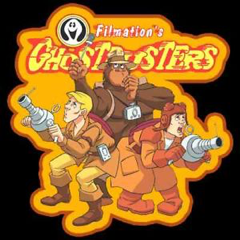In the late 1970's, NBC was flailing. It appeared that nothing it tried was catching on and its audience was shrinking each year. NBC was reinventing itself practically every year and wouldn't find anything that caught on until 1982. Until then, it tried just about everything, including copying what was successful on the other networks. One of the most successful shows at the time was ABC's Love Boat, where a cavalcade of hasbeens converged on the titular "Love Boat" to spend an hour engaging in hijinks that would be resolved by the end of the episode.

With cruise ships taken, NBC chose to "borrow" the formula and set it on a train. Excuse us- the Supertrain! While it was not unbelievable that these low wattage celebrities would be reduced to taking a train instead of an airplane, the idea that any company would, in 1979, build a gigantic, luxury cross-country train as a successful ongoing business is impossible to imagine.

Looking at a picture of this "supertrain" with the super wide tracks and its boxy, Delorean style design is mind boggling. Isn't it too heavy to be practical? Are there really enough people willing to pay money for a slow moving cross country trip on a railroad?

And what about the on-train amenities? There was an entire pool in this amazing train! Where's the professional golf course and full size ballroom?

This Supertrain derailed quickly. Its high production costs doomed it to a quick death. The show was canceled after just nine episodes. If any lesson was learned from this, it was that merely copying another network's show would not lift NBC out of its doldrums. Also- that the viewing public wasn't completely gullible.














































